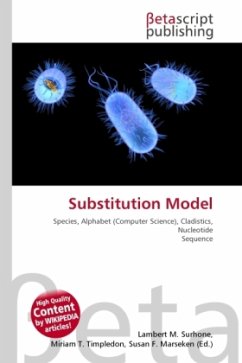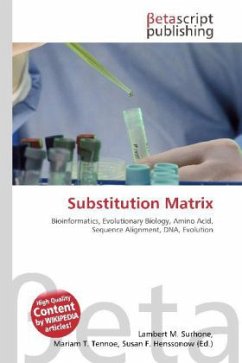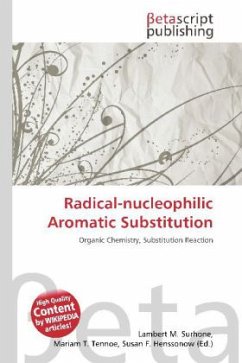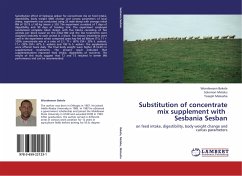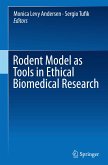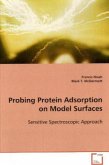High Quality Content by WIKIPEDIA articles! In biology, a substitution model describes the process from which a sequence of characters changes into another set of traits. For example, in cladistics, each position in the sequence might correspond to a property of a species which can either be present or absent. The alphabet could then consist of "0" for absence and "1" for presence. Then the sequence 00110 could mean, for example, that a species does not have feathers or lay eggs, does have fur, is warm-blooded, and cannot breathe underwater. Another sequence 11010 would mean that a species has feathers, lays eggs, does not have fur, is warm-blooded, and cannot breathe underwater. In phylogenetics, sequences are often obtained by firstly obtaining a nucleotide or protein sequence alignment, and then taking the bases or amino acids at corresponding positions in the alignment as the characters. Sequences achieved by this might look like AGCGGAGCTTA and GCCGTAGACGC.

